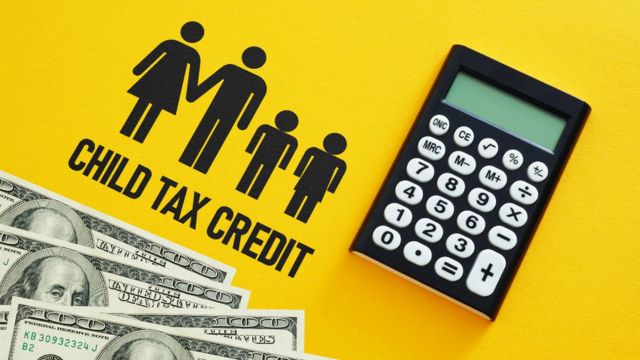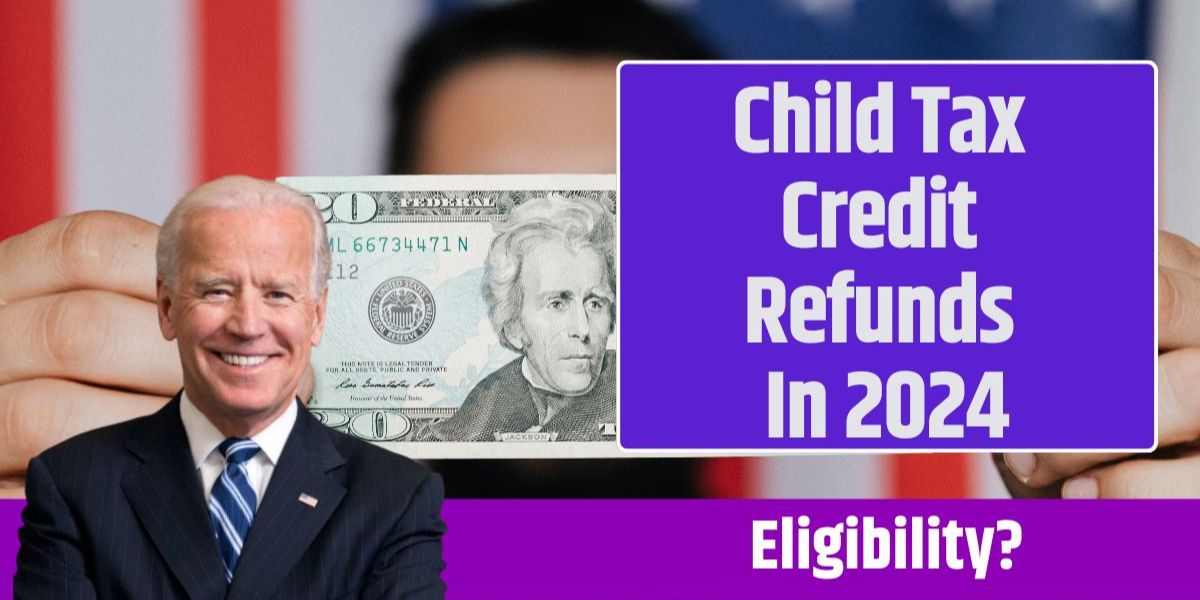The rising costs associated with childcare are placing significant strain on many families across the United States.
To help alleviate this burden, several states have implemented their own state-level child tax credits to complement the federal child tax credit. This kind of assistance can make a huge difference for families, reducing the financial load and allowing parents to better manage essential expenses such as food, housing, and education.
The federal child tax credit has been a powerful tool in reducing child poverty nationwide. Many states have followed suit by offering their own credits at the local level, which can further assist families depending on their financial situation and the number of children they have. Below, we’ll take a closer look at which states are offering this benefit in 2024, how the programs work, and what you can expect if you live in one of these states.
States offering the child tax credit in 2024
In 2024, a total of eleven states, plus the District of Columbia, have implemented child tax credit programs. What’s particularly noteworthy about some of these credits is that they are refundable.

This means that even if you don’t owe much in taxes, you can receive the remaining balance as a tax refund. In some states, you don’t even need a Social Security number or an Individual Taxpayer Identification Number (ITIN), which expands eligibility to more families.
California: The Young Child tax credit
In California, families with children under six years old can apply for the Young Child Tax Credit, which can offer up to $1,117 per child in 2024.
Bill Granting Taxpayer-Funded Down Payments to Illegal Immigrants is Vetoed by Newsom
To qualify, families must meet certain income requirements and be eligible for the California Earned Income Tax Credit (CalEITC). This program is specifically designed to support low-income families, offering significant relief to those most in need.
Colorado: income-based credit
In Colorado, residents can take advantage of a child tax credit as long as their income doesn’t exceed $75,000 (or $85,000 if filing jointly). This refundable credit allows families to receive between 10% and 60% of the federal child tax credit, depending on their income level. Families with the lowest incomes can receive up to 60%, providing substantial support for those who need it most.
Maine: a credit adjusted for inflation
In Maine, families with children under the age of 17 can receive up to $300 per child through the Dependent Exception Tax Credit. This credit is fully refundable and has no minimum income requirement, making it accessible to a large portion of the population. Additionally, it is indexed to inflation, ensuring that the benefit adjusts according to the current economic conditions.
Other states offering the child tax credit
In addition to California, Colorado, and Maine, several other states have implemented child tax credits to provide financial relief to families:
- Maryland: Offers up to $500 per child under 6 years old, with exceptions for children with disabilities.
- Massachusetts: The Child and Family Tax Credit allows families to receive up to $440 per child or dependent, with no limit on the number of children that can be claimed.
- Minnesota: In 2024, Minnesota offers one of the most generous child tax credits, with up to $1,750 per child and no cap on the number of children who can benefit.
- New Jersey: Families with children under 5 years old can receive up to $1,000 per child, depending on their income.
- New Mexico: Offers a credit ranging from $25 to $600 per child, depending on the family’s income.
How to know if you qualify for the child tax credit in your state
Each state has its own specific requirements for the child tax credit, so it’s important to review the conditions in your state of residence. Factors such as your annual income, the number of children, the age of your children, and your marital status will affect how much you receive.
In general, most states require you to file a state tax return to claim the credit. Some states automatically grant the credit if you have already claimed the federal child tax credit, but others may require additional forms. It’s crucial to understand the process in your state to ensure that you don’t miss out on this valuable support.
The child tax credit is a key tool for many families who are struggling to cope with the rising costs of childcare and other essential expenses. In 2024, more states than ever are implementing child tax credit programs, providing significant relief for many people. If you live in a state that offers this benefit, make sure to review the eligibility requirements and submit the necessary forms.
This credit can make a substantial difference in your family’s finances, helping you cover basic expenses and improve your children’s quality of life.
It’s also important to pay attention to your state’s tax calendar so that you don’t miss the opportunity to receive this crucial financial support. Many families rely on these credits to offset the growing costs associated with raising children, particularly as inflation impacts the price of everyday necessities. Taking the time to understand how the child tax credit works in your state, and how it fits into your overall tax situation, could result in a significant financial boost when you need it most.
As you prepare for the 2024 tax season, don’t hesitate to explore the resources available in your state, including online portals and tax assistance services, which can guide you through the application process.
Some states offer free tax preparation assistance for low-income families, which can be especially helpful if you’re unsure about how to navigate the complexities of tax credits. These programs are designed to make sure that everyone who qualifies receives the benefits they are entitled to.
Remember, the goal of the child tax credit is to support families and reduce financial stress, allowing you to focus on providing a better future for your children. By staying informed and proactive, you can take full advantage of these programs and ensure that your family benefits from the relief they offer.




